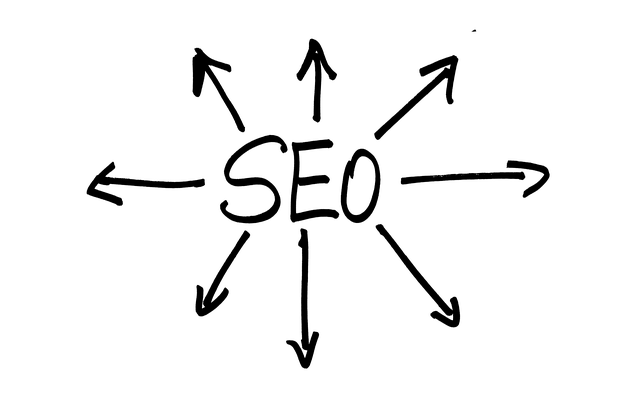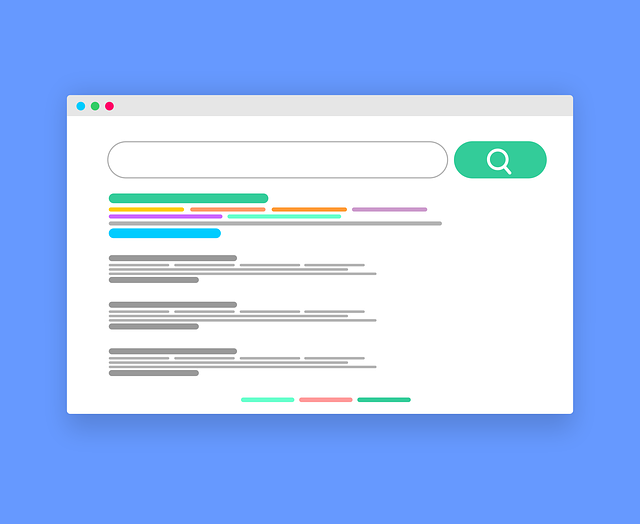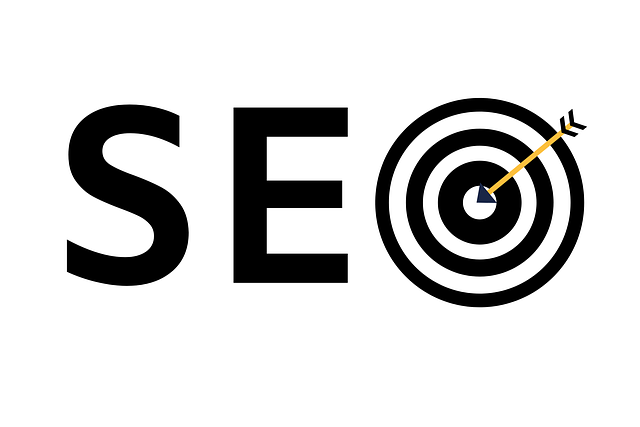An SEO Audit is a meticulous process evaluating each web page's performance for search engine optimization (SEO), forming the basis for effective digital marketing strategies. It involves analyzing content quality, keyword usage, meta tags, and technical factors like loading speed to identify areas for improvement. The ultimate goal is enhanced online visibility, boosted authority, and organic traffic attraction through a well-structured website architecture, optimized content, meta tags, user experience metrics, internal linking, and leveraging specialized SEO tools.
An on-page SEO audit is an indispensable step in maximizing your website’s digital visibility. This comprehensive guide delves into the intricate process, providing a clear roadmap for optimizing your online presence. We’ll explore key components, from understanding fundamental concepts like site structure and keyword placement to technical aspects such as load speed and mobile responsiveness. By the end, you’ll be equipped with the knowledge to conduct effective SEO audits and elevate your website’s rankings.
Understanding On-Page SEO Audit: The Foundation of Digital Visibility

An on-page SEO audit is a meticulous process of evaluating and optimizing individual web pages for search engines, ensuring each page aligns with best practices to enhance digital visibility. It serves as the bedrock upon which effective online marketing strategies are built. By scrutinizing various elements such as content quality, keyword usage, meta tags, and technical aspects like page loading speed, an audit provides insights into a website’s performance and potential areas for improvement.
This strategic analysis is crucial in the dynamic landscape of search engine optimization. It helps identify issues that may hinder a webpage’s ranking potential, offering targeted solutions to boost its authority and relevance in search results. Ultimately, a comprehensive on-page SEO audit is a game-changer, enabling website owners and digital marketers to refine their online presence and attract the right audience organically.
Key Components: What to Evaluate During an Audit

A comprehensive on-page SEO audit involves evaluating several critical components to ensure your website is optimized for search engines. Firstly, assess the quality and relevance of content. Search engine algorithms prioritize unique, valuable, and keyword-rich content that answers user queries. Check for well-researched, up-to-date information tailored to your target audience’s needs.
Additionally, examine technical aspects such as site speed, mobile-friendliness, and structure. Fast-loading pages enhance user experience, while a responsive design ensures accessibility across devices. The website’s architecture should be clear and logical, facilitating easy navigation for both users and search engine crawlers.
Technical Aspects: Site Structure and Indexability

A comprehensive SEO Audit encompasses a thorough examination of a website’s technical foundations, beginning with its site structure and indexability. A well-structured site allows search engines to efficiently crawl and understand the content, leading to better visibility in search results. This involves ensuring that pages are linked logically, with a clear hierarchy, making it easy for both users and search algorithms to navigate. Each page should be accessible through multiple internal links from relevant content, fostering an inclusive digital experience.
Indexability is another critical aspect, where the goal is to ensure that search engine crawlers can access and index all essential pages. This means checking for proper use of HTML tags like title tags and meta descriptions, which provide context to search engines. A sound site structure also includes optimizing URL structures, making them user-friendly and keyword-rich, further enhancing a page’s chances of ranking higher during an SEO Audit.
Optimizing Content for Search Engines: Keywords and Phrasing

When conducting an on-page SEO audit, one of the critical aspects is optimizing content for search engines. This involves a careful analysis of keywords and phrasing to ensure your website’s text resonates with both users and search algorithms. Start by identifying relevant, high-volume keywords that accurately describe your content using tools like Google Keyword Planner or SEMrush. Incorporate these terms naturally throughout your copy, paying special attention to titles, headings, and the opening paragraph.
Remember, SEO isn’t just about stuffing keywords; it’s about creating engaging, informative content that satisfies user intent. Use a mix of long-tail keywords and related phrases to enhance context and avoid redundancy. Additionally, consider the overall theme and topic of your website, ensuring keyword consistency across pages for better search engine comprehension during the audit process.
Meta Tags and Titles: Crafting Compelling On-Page Elements

When conducting an SEO audit, examining meta tags and titles is a crucial step. These on-page elements play a pivotal role in search engine optimization by providing a concise summary of a webpage’s content. Crafting compelling meta tags involves balancing keyword relevance with readability, ensuring they accurately represent the page while appealing to users’ interests. A well-optimized title not only captivates readers but also influences click-through rates, which is essential for driving traffic and improving search rankings.
Effective meta descriptions, in particular, should entice users to visit the page by highlighting its unique value proposition. This involves a strategic blend of art and science—art in crafting compelling language and science in ensuring it aligns with the content to avoid misleading searchers. Ultimately, these on-page elements work together to enhance user experience and search engine visibility, both vital components in the broader SEO audit process.
Analyzing User Experience: Load Speed and Mobile Responsiveness

A comprehensive on-page SEO audit involves meticulously examining various aspects of a website to optimize its search engine rankings and user experience. One critical area is analyzing the user experience, focusing on two key performance indicators: load speed and mobile responsiveness. Fast loading times are essential for retaining users and improving engagement metrics. An SEO audit should identify slow page loads caused by poor server performance, excessive media files, or inefficient coding, addressing these issues to enhance overall website speed.
Mobile responsiveness is equally vital given the prevalent use of smartphones and tablets for web browsing. A successful SEO audit ensures that websites are optimized for mobile devices, offering seamless navigation and an intuitive user interface across different screen sizes. This includes testing how pages render on various devices, checking for touch-friendly elements, and ensuring quick loading times on mobile networks to cater to a wide range of users.
Image Optimization: Enhancing Visual Content for SEO

Image optimization is a crucial component of an on-page SEO audit, as visuals play a significant role in user engagement and search engine rankings. When conducting an SEO audit, it’s essential to evaluate how well your website utilizes images to enhance content readability and accessibility. This involves checking image file sizes, alt text, and file formats to ensure they are optimized for both users and search engines.
By compressing large image files without compromising quality, you can reduce page load times, which is a factor that search engines consider when ranking websites. Alt text, or alternative text, provides a description of the image, making it accessible to visually impaired users and relevant for search engine crawlers. Using descriptive alt tags with targeted keywords can also improve your site’s visibility in image search results, driving more organic traffic through visual content.
Internal Linking Strategy: Building Site Navigation for Better Rankings

An effective internal linking strategy is a cornerstone of any successful SEO audit. By meticulously building site navigation that connects relevant pages, you create a robust web of information that both enhances user experience and communicates your website’s hierarchy to search engines. This strategic approach ensures that each page contributes to the overall authority and relevance of your site, ultimately driving up rankings.
Consider every internal link as an opportunity to guide users—and search engine crawlers—to valuable content. These links should be placed thoughtfully within anchor text that accurately represents the target page’s content, reinforcing themes and topics across your website. This not only improves navigation but also helps distribute link equity, enabling lower-performing pages to climb in rankings over time.
Tools for Effective On-Page SEO Audit Implementation

Conducting an effective on-page SEO audit involves leveraging a suite of specialized tools designed to analyze and optimize various aspects of your website. Start by utilizing comprehensive SEO audit tools like Ahrefs, SEMrush, or Moz Pro. These platforms offer detailed site crawls, identifying technical issues such as broken links, duplicate content, and page speed problems. They also provide insights into keyword rankings, backlink profiles, and on-page element analysis, helping you understand the current state of your website’s SEO performance.
Additionally, employ more niche-specific tools tailored to different elements of on-page SEO. For instance, use headline analyzers like Yoast SEO or Google’s Keyword Planner for title tag optimization, while tools like SurferSEO and Unbounce help with meta description crafting and landing page optimization. These combined efforts ensure a holistic understanding of your website’s SEO health, enabling data-driven decisions to enhance visibility and drive organic traffic.
